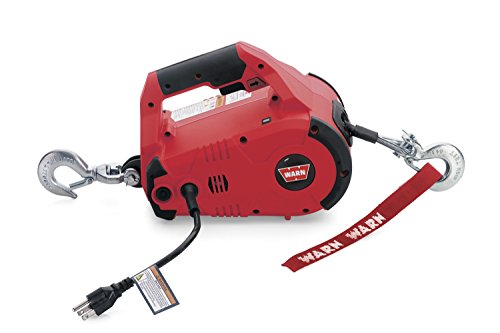normlf
Member
When I said stretch, I wasn't speaking about the belts being significantly slack.....but they were looser than they should have been. Who knows how long they were used.....and besides a very small amount of stretch coupled with a small amount of wear would easily change the the amount of slack. I fully agree that they would be useless over time if they stretched a lot.. All belts that I am aware of stretch and wear over long use.....just put in a set of three matched belts running a big AHU fan...and come back a year later....you'll find them no longer matched....usable, perhaps, and within limits, but tensions will vary slightly....now if there is something materially different about timing belts.....maybe they don't. If that be the case, I'd appreciate knowing more....I am not an expert and could easily be wrong....but operating on some experience and also some history with mechanical things in general..... I'd bet that some stretching, though small, would occur over time...and with this one it could be a very long time....and loads of miles....just no way to know. In any case, the new ones are in and properly tensioned...... Best wishes and always welcome new information so as to keep learning.......


















































